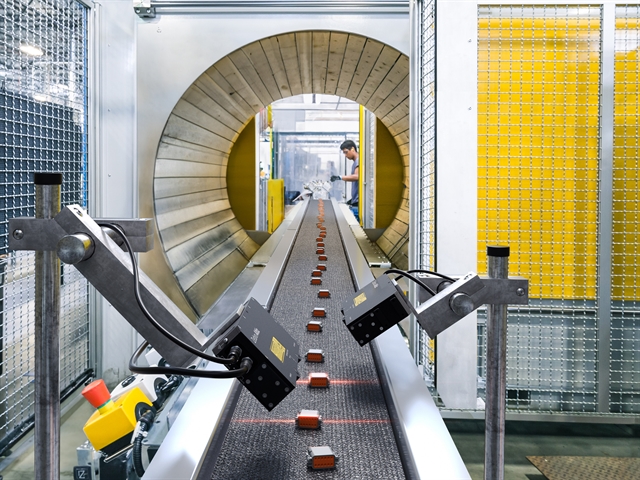Manufacturing remains a key engine of growth, contributing to nearly 25 per cent of GDP in 2024, while logistics is expanding rapidly in response to increasing domestic consumption and foreign investment.

HÀ NỘI — As technology continues to advance alongside global economic developments, businesses in manufacturing, transport and logistics, retail and healthcare are increasingly harnessing AI, automation and digital transformation to drive efficiency and innovation.
These sectors continue to bolster Việt Nam’s economic development, according key highlights released by Zebra Technologies Corporation, a global leader in digitising and automating frontline workflows.
Manufacturing remains a key engine of growth, contributing to nearly 25 per cent of GDP in 2024, while logistics is expanding rapidly in response to increasing domestic consumption and foreign investment. The Vietnamese Government’s push toward Industry 4.0 and digitalisation is propelling transformation across both traditional and emerging industries.
Likewise, evolving consumer expectations in the retail sector and increased demand for accessible and high-quality healthcare are prompting businesses to modernize systems and adopt new technologies. Việt Nam’s retail market grew by 9 per cent in 2024, reaching nearly US$252 billion, and healthcare spending is projected to exceed $34 billion by 2030, underlining the urgency for innovation in service delivery and infrastructure.
Manufacturers address challenges in device management and automation support by adopting AI-driven solutions and predictive maintenance to optimise processes and minimise downtime. The transition from fragmented solutions to integrated platforms is underway, though integration challenges can delay progress. Successful transformation requires advanced technology and comprehensive services, with investments in machine vision systems ensuring product quality. Geopolitical factors drive supply chain diversification, while automation, mobile computing, RFID and high-speed connectivity are crucial for efficiency.
Logistics is enhancing transparency with real-time tracking of sensitive goods, such as pharmaceuticals. RFID with serialisation improves traceability, especially in cold chain logistics. AI optimises global supply chains, manages data, and enables quick responses to geopolitical and environmental challenges. It also enhances parcel delivery verification and quality control. The rise of same-day delivery expectations from e-commerce is reshaping logistics, prompting retailers to optimise routes for fast, cost-effective deliveries and implement proof of handling for reliability.
Retailers are integrating tools into unified platforms to simplify operations, boost efficiency and increase sales, with AI providing insights for staffing, inventory and personalised service. The demand for self-service options like scan-and-go is rising, improving customer experience and reducing costs. Technology investments enhance satisfaction and competitiveness. To address staffing challenges, retailers use tech solutions like mobile computers to improve productivity and retention, while RFID systems aid in proactive loss prevention to reduce shrinkage.
Healthcare providers leverage mobile devices and AI to improve patient interactions and care delivery. AI-driven prescriptive analytics aids clinical decision-making by complementing, not replacing, expertise. Efficient supply chain management, through digital procurement and tracking, ensures timely availability of critical medical supplies. The growth of 5G supports remote surgeries, holographic imaging and telehealth, while requiring robust network infrastructure. Reliable 5G and Wi-Fi enable real-time data backup during power outages, while augmented intelligence boosts efficiency and helps maintain the quality of patient care. VNS





